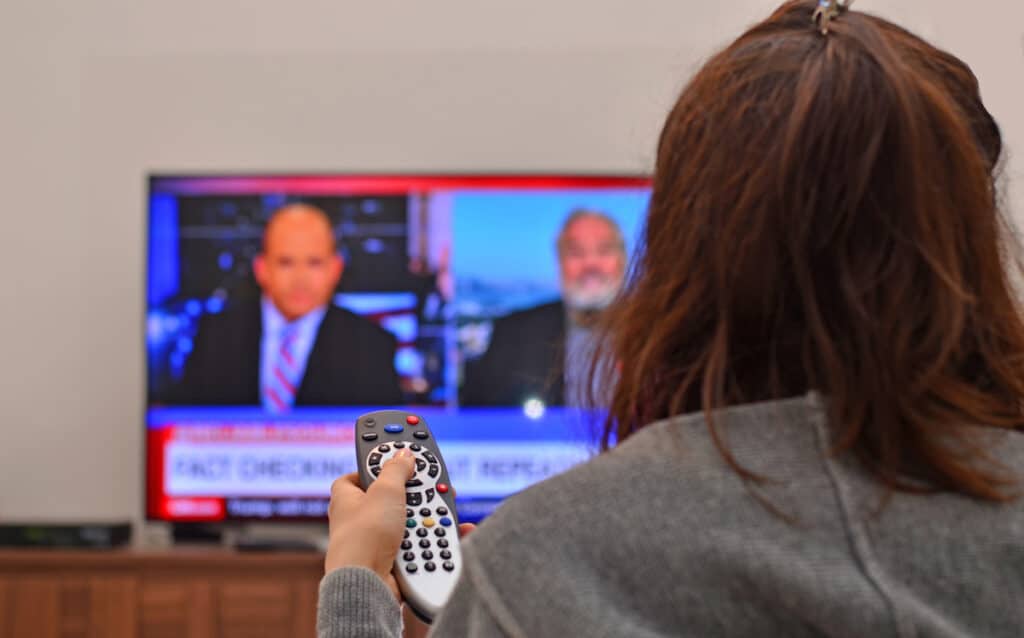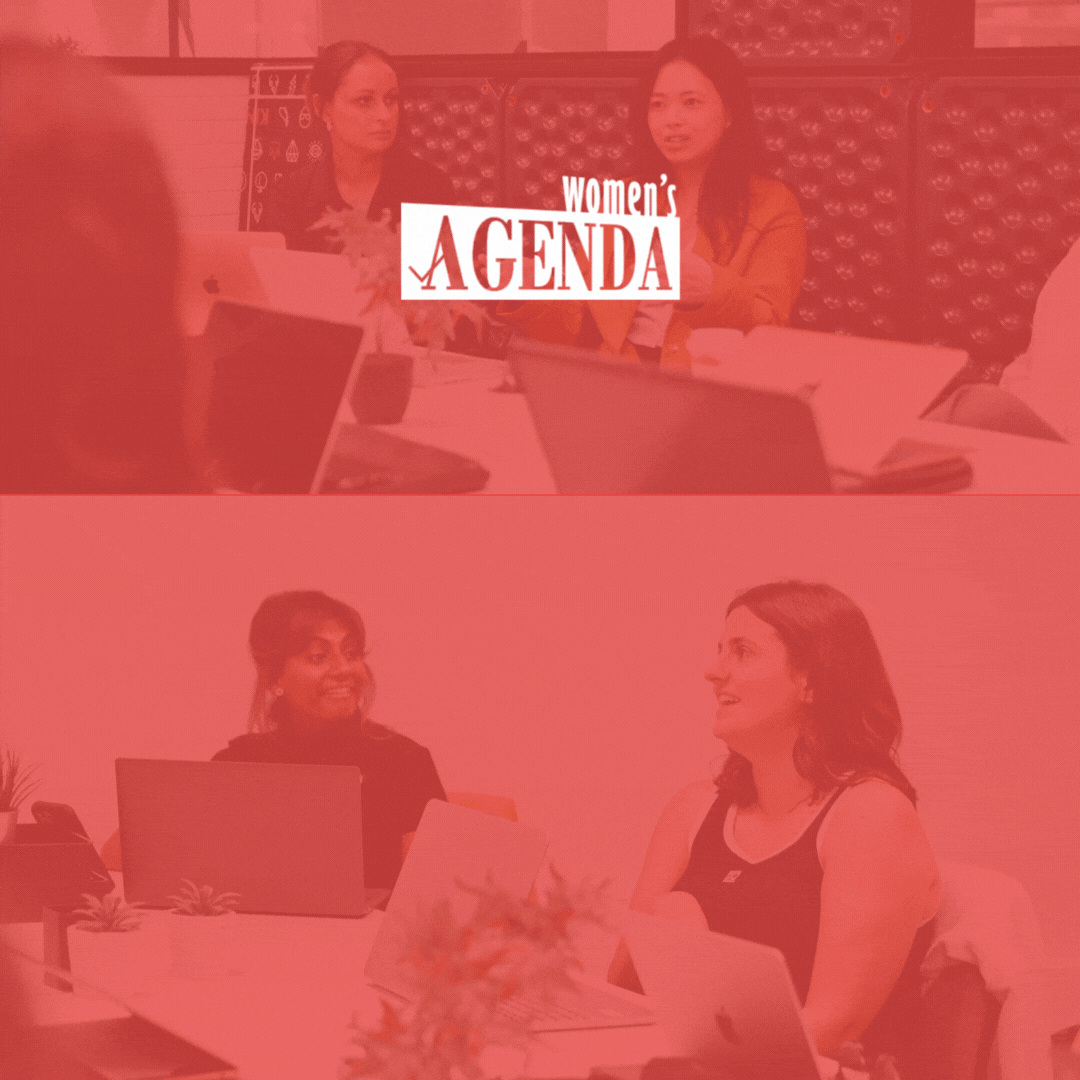My young son asked if International Women’s Day is a day when women go to the international airport to get on planes and visit other women around the world.
Perhaps, that could be an ambition for marking the 8th March in the future. Once we end gender-based violence, address urgent women’s health needs and close the gender gaps in leadership, political representation and economic security and empowerment.
Until then, every day should be International Women’s Day and feature constant and evolving conversations, as well as accountability and transparency from governments, employers, and other groups on how they provide equitable and inclusive environments for every woman.
Contending with IWD, every day, could be unfortunate and awkward for those who rely on “inspiring inclusion” events and activities that put women on a pedestal for one day, one lunch or one morning tea. It could get uncomfortable for employers who tick off on IWD by celebrating the few women who have managed to break through to senior leadership positions.
A quick reminder, ‘Inspire Inclusion’ is not this year’s theme, but rather just a made-up jumble of words from a UK-based marketing company that happens to own the “internationalwomensday” dotcom, as I wrote last week.
While there is always a place to celebrate women – and we absolutely should – it’s important not to let such celebrations of achievement hide or mask other issues. At a macro level, these issues include domestic and family violence, reproductive rights, gender pay gaps, global conflict and the impact of climate change on women and girls, among other things. In an organisation, these issues could include sexual harassment, discrimination, a lack of genuine flexible career opportunities and the fact that despite the IWD rhetoric, the top quartile of the business remains heavily male-dominated.
Today, much will be made of women in leadership – typically in corporate leadership, as CEOs, on boards, and in male-dominated areas. We know this well on Women’s Agenda because we have been inundated with pitches and press releases, product launches and new research materials despite publishing content about women every day – including celebrating success and highlighting the challenges that still stand in the way.
More women in leadership is necessary and there is significant work to do, but we must remember that not every woman will have the opportunity to move into leadership roles or to access promotion and higher paying positions, or even education and work opportunities at all.
And one woman’s success at the top might be inspiring to others, but it isn’t enough to dramatically shift the dial for everyone else.
Indeed, much has been made in recent months regarding the economic power of women being demonstrated in areas like the success of the Taylor Swift Eras Tour and Swift’s ability to move the economies of local cities. There is also the astounding success of the Barbie movie, as well as the economic uptick that came as a result of the FIFA Women’s World Cup.
But looking to the mega success stories is a superficial measure of progress. Worse, seeing such success may actually mask the true extent of what’s going on for other women in similar industries, particularly First Nations women, those with a disability and those from culturally diverse backgrounds. Just ask Australia’s female recording artists how the success of the Eras Tour has translated into their own economic security. On Barbie, the bubble burst when you see that Barbimania actually clouded the fact that 2023 was the worst year for women’s representation in Hollywood in more than a decade.
And just ask women generally how the economic uplift that Tayor Swift brings translates to making them safer in their homes and when they go out for a run, or how the billion dollars that Barbie brought in makes them more financially secure.
While the success of an individual leader, musician, movie, or football team may inspire others to get involved, such success doesn’t translate to sustainable, blanket outcomes for all women.
In some parts of the world, it’s hard to even think about the success of blockbuster tours and movies as a means for declaring progress. In Gaza, more than 25,000 women and children are believed to have been killed in the past five months. Women and girls in Afghanistan continue to lose even the most basic of human rights under Taliban rule. Across Eastern and Southern Africa, 42 per cent of women experience physical or sexual violence in their lifetimes. Women parliamentarians internationally face growing threats online and in person. There are currently 129 million girls are out of school internationally, including 32 million of primary school age.
In Australia, women and girls are far from safe. One in five Australian women have experienced sexual violence since the age of 15, and 31 per cent of women have experienced physical violence, according to the ABS. Aboriginal and Torres Strait Islander women are 33 times more likely to be hospitalised, and six times more likely to die from domestic violence, compared to non-Indigenous women.
On economic empowerment and being “counted in” as the UN Theme for IWD 2024 asks to happen, Australian employers have recently revealed the dire state of the top-heavy, male-leadership structures and consequent gender pay gaps, where even women working in women’s apparel brands are contending with gender pay gaps of 37 per cent.
We have just today received the news just yesterday afternoon of the 11th woman so far this year to be killed by violence, with police charging a 22-year-old man with the murder of Samantha Murphy, who went missing after heading out for her regular Sunday morning run.
We can’t rest easy believing any progress made in the past will continue, nor can we become complacent in thinking that gender equality will simply happen with time. We are still 133 years off, according to the World Economic Forum. Sadly, that figure was lower a few years ago, and things have worsened. Time will not solve those. Only intentional, sustained and meaningful efforts will close the gender gaps we’re seeing internationally and at home.
As Siena Bordignon wrote in these pages this time last year, “If women lived as freely, safely and with as much dignity as men did, this day would be rendered obsolete.”
We’ve got a long wait for obsoletion and for IWD to become anything like what my son imagines the 8th March to be.
Until then, Women’s Agenda is here for the discussion every day. We’ll keep publishing stories celebrating the achievements of women and the success and game-changing work of the megastars. We’ll keep talking about women and girls as an economic power. We’ll celebrate the win and push to inspire optimism for the future. We’ll discuss the solutions, the great policy ideas, the workplace initiatives that are genuinely making a difference. But through it all, we’ll continue to scrutinise policies and leadership. We’ll push to hold governments and employers to account for their promises, and we’ll keep sharing the hard and sometimes painful data regarding the reality for women and girls.
So it’s business as usual on Women’s Agenda. Every day must be International Women’s Day.


